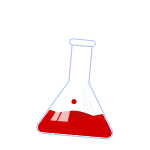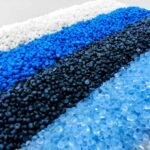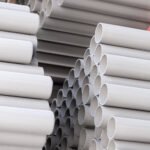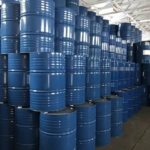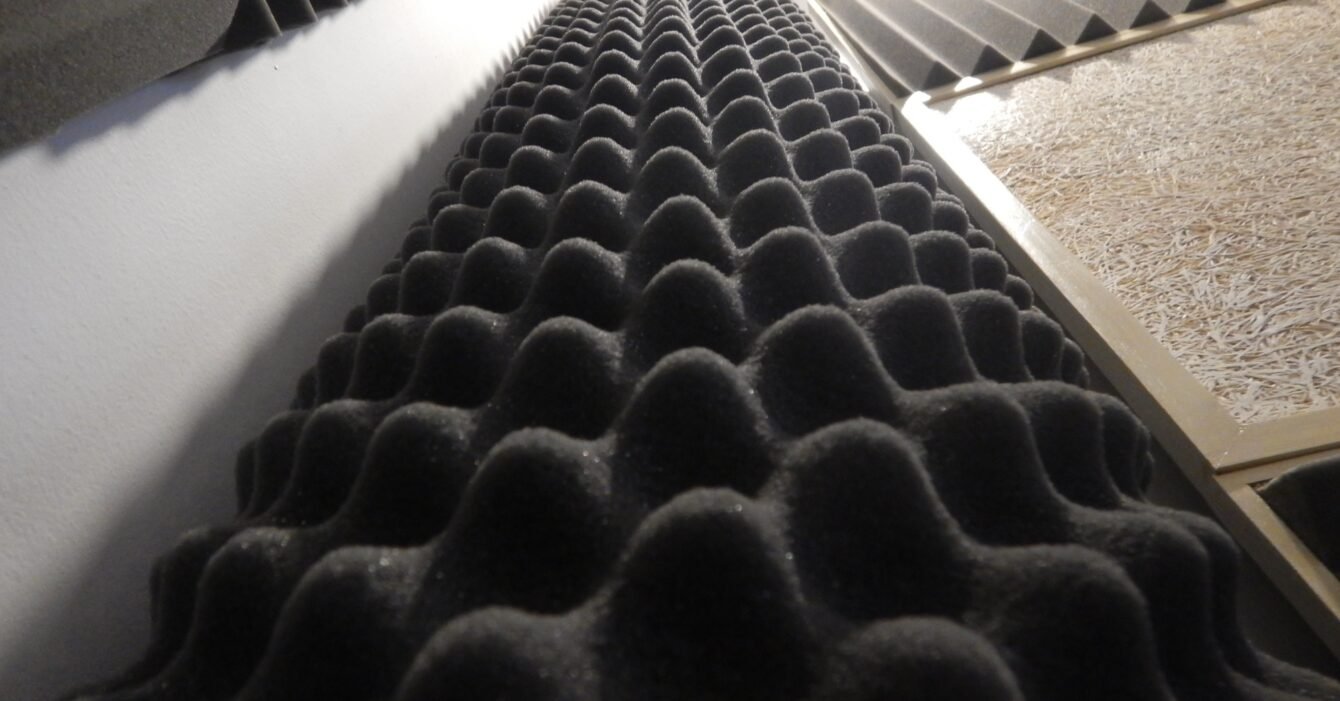The Difference Between K-Values, R-Values, and U-Values in Foam
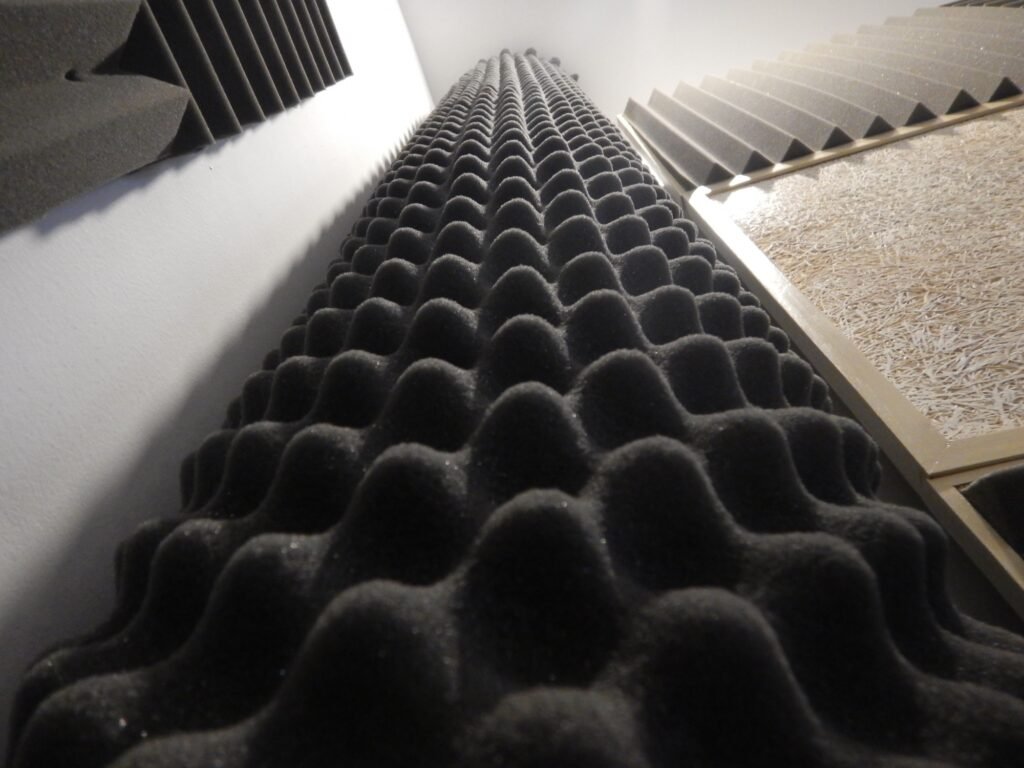
When it comes to insulation materials, particularly foam, understanding thermal performance is crucial for making informed decisions. Terms like K-value, R-value, and U-value are commonly used to describe how a material resists or transmits heat. While these terms are interconnected, they each offer unique insights into a material’s thermal behavior. This blog will explore the differences between K-values, R-values, and U-values, their significance, and where they are used. If you’re looking for high-quality foam materials, contact Emirachem for the best polyurethane solutions.
K-Value: Thermal Conductivity
The K-value, or thermal conductivity, measures the ability of a material to conduct heat. It quantifies how much heat (in watts) flows through a material that is 1 meter thick, with a temperature difference of 1 degree Celsius across its surfaces.
Key Features of K-Value:
- Unit of Measurement: Watts per meter per degree Kelvin (W/m·K).
- Lower K-Value Means Better Insulation: Materials with lower K-values are better at resisting heat flow, making them more effective as insulators.
- Role in Polyurethane Foam: K-values are often used to determine the efficiency of rigid polyurethane foam in insulation applications such as construction, refrigeration, and HVAC systems.
For premium polyurethane foam with low K-values that ensure superior insulation, reach out to Emirachem today.
R-Value: Thermal Resistance
The R-value measures a material’s ability to resist heat flow. It is calculated by dividing the thickness of a material by its K-value, making it dependent on both the material’s inherent conductivity and its physical dimensions.
Key Features of R-Value:
- Unit of Measurement: Square meter·Kelvin per watt (m²·K/W).
- Higher R-Value Means Better Insulation: The higher the R-value, the better the material resists heat transfer.
- Application in Polyurethane Foam: R-values are critical when evaluating flexible or rigid foam used in insulation, helping architects and engineers design energy-efficient buildings.
Contact Emirachem for expert advice on selecting polyurethane foam with high R-values to meet your insulation needs.
U-Value: Thermal Transmittance
The U-value measures the overall heat transfer through a material or assembly, including conduction, convection, and radiation. It is essentially the inverse of the R-value and is used to assess how well a material or composite resists heat loss.
Key Features of U-Value:
- Unit of Measurement: Watts per square meter per degree Kelvin (W/m²·K).
- Lower U-Value Means Better Insulation: Lower U-values indicate that a material or system is better at preventing heat loss.
- Significance in Construction: U-values are often used to evaluate entire building components, such as walls, windows, and roofs, which may include polyurethane foam as part of their structure.
For reliable polyurethane foam that helps reduce U-values and improve energy efficiency, choose Emirachem as your trusted supplier.
How Are These Values Connected?
While K-value, R-value, and U-value serve different purposes, they are interrelated:
- K-value is the Material Property: It represents the intrinsic thermal conductivity of a material.
- R-value is Thickness-Dependent: It translates the K-value into a measure of thermal resistance based on the material’s thickness.
- U-value is a System Measure: It incorporates R-values of all layers in a system to calculate overall thermal transmittance.
By understanding these relationships, you can evaluate foam materials and insulation systems to ensure optimal thermal performance.
Applications in Polyurethane Foam
1. Construction Industry:
- Insulation Boards: Polyurethane rigid foam with low K-values ensures high thermal efficiency in buildings.
- Energy-Efficient Walls: Foam with high R-values enhances resistance to heat loss, reducing energy costs.
- Roofing Systems: U-values help assess the performance of roofing insulation, which often includes polyurethane foam.
2. Refrigeration and HVAC Systems:
- Rigid polyurethane foam is a preferred material due to its ability to maintain low K-values, ensuring minimal energy loss in refrigeration units and HVAC systems.
3. Automotive Sector:
- Polyurethane foam is used in car interiors for thermal insulation and noise reduction, where K-, R-, and U-values are critical for ensuring passenger comfort.
Why Polyurethane Foam Stands Out
Polyurethane foam, both rigid and flexible, excels in achieving optimal K-, R-, and U-values, making it one of the most effective insulation materials available. Its lightweight, durability, and versatility make it suitable for a wide range of applications.
At Emirachem, we provide top-quality polyurethane foam materials tailored to meet diverse industry requirements. Whether you’re in construction, refrigeration, or automotive manufacturing, we offer solutions that ensure superior thermal performance.
Why Choose Emirachem for Polyurethane Solutions?
- Unmatched Quality: Our polyurethane products are engineered to meet the highest industry standards.
- Custom Solutions: We provide tailored foam materials designed to achieve optimal K-, R-, and U-values for your specific applications.
- Technical Expertise: Our team offers expert guidance on selecting the best materials for your projects.
- Global Reach: With adherence to Incoterms standards, we ensure seamless delivery worldwide.
Contact Emirachem today to explore our wide range of polyurethane foam products and enhance the thermal performance of your applications.
Conclusion
Understanding the difference between K-values, R-values, and U-values is essential for selecting the right foam material for your projects. These metrics provide a comprehensive picture of thermal performance, helping you make informed decisions to achieve energy efficiency and cost savings.
For the best polyurethane foam solutions that deliver exceptional thermal performance, get in touch with Emirachem. With our expertise and commitment to quality, we are your trusted partner for polyurethane materials in the chemical industry. Let us help you unlock the full potential of insulation with premium-grade products.
